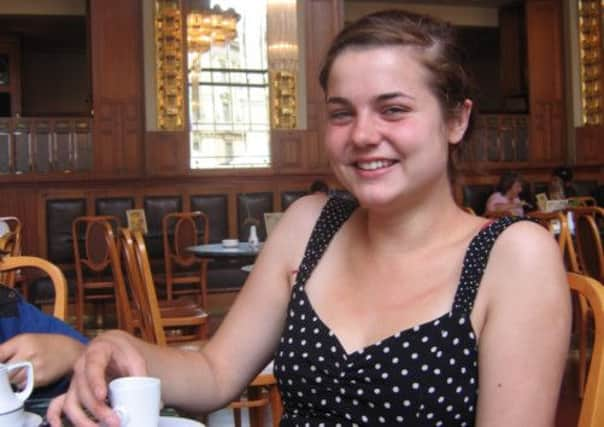Driver tells jury he didn’t know of cycle path


Ruby Milnes, 17, was on her way home from college when she was knocked over by a 14-tonne truck that was delivering portable toilets to York Racecourse before the first meeting of the season.
Now, more than five years on from the tragedy, the Health and Safety Executive (HSE) has brought two charges against the racecourse for two safety breaches, which it denies.
Advertisement
Hide AdAdvertisement
Hide AdProsecutors argue lorry driver Stephen Todd was unaware he was approaching a junction because “there was nothing to clearly indicate the presence of a cycle path” and he may have considered it a farm track.
The gate blocking the road from the York to Selby bike path had been opened after Mr Todd called the racecourse to let staff know he was half an hour away and there were no “adequate” signs in place to warn cyclists that vehicles might be crossing, it is claimed.
Alex Offer, prosecuting, told a jury at York Crown Court: “When Mr Todd arrived, the gate was open and he drove through it.
“Ruby tried to cross the road at the same time and there is no indication that she would have seen the lorry, he said, adding: “Cyclists would view the junction as a continuation of the cycle track itself.
Advertisement
Hide AdAdvertisement
Hide Ad“In effect, cyclists would assume they could safely cycle straight across it. There wasn’t really a junction.
“It would have been adequate if it was clear who had priority.
“The problem was that, although those who used the road had priority, cyclists would also assume they had priority and would cycle accordingly.
“The occasional use of the gate created a conflict of priority as the visual clues were insufficient.
Advertisement
Hide AdAdvertisement
Hide Ad“The gate was usually shut and when it was shut it blocked off the road.
“For an approaching cyclist the gate was also partially obscured by a high hedge.”
The prosecution argue the racecourse, which had been in “this state” for a number of years, had put users of the cycle route at risk and the York College student’s death “is the clearest example of that risk in action”.
The racecourse made a number of changes around the junction after the incident on May 8, 2008, which “have made it considerably safer”, the court heard.
Advertisement
Hide AdAdvertisement
Hide AdSigns were put up warning both drivers and cyclists of the approaching crossing and the speed limit and alterations were also made to the gate so it now completely blocks off the cycle path when open.
Mr Offer said: “It is now visually crystal clear and the way the defendant carried out its operations on the junction gives rise to the fact there was criminal conduct.
“All of these steps were comparably cheap and straightforward, costing between £1,950 and £2,600, but they should have been taken before May 8.”
Mr Todd told the jury: “When I arrived the gate was open and I assumed it was because I’d made the phone call. There was no one around and that was when we had the accident. I climbed down and saw her lying by the front wheel.
Advertisement
Hide AdAdvertisement
Hide Ad“I had delivered to the racecourse a number of times before and I was not aware there was a cycle path there or that there were any speed limits on the road.”
York Racecourse denies failing to ensure the safety of people not in their employment and failure to carry out a risk assessment in connection with vehicles using the road. The trial continues.